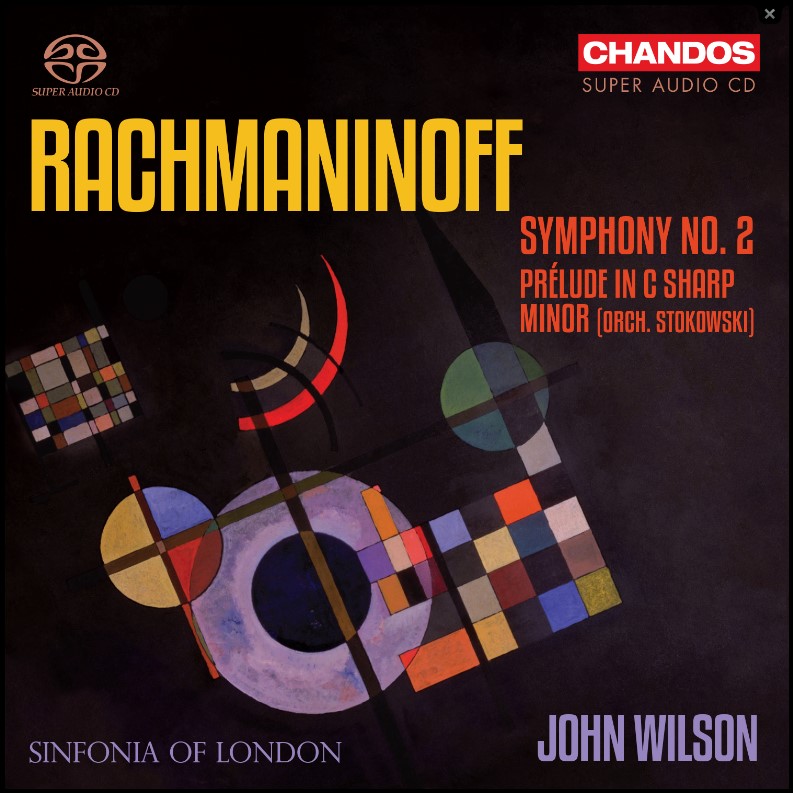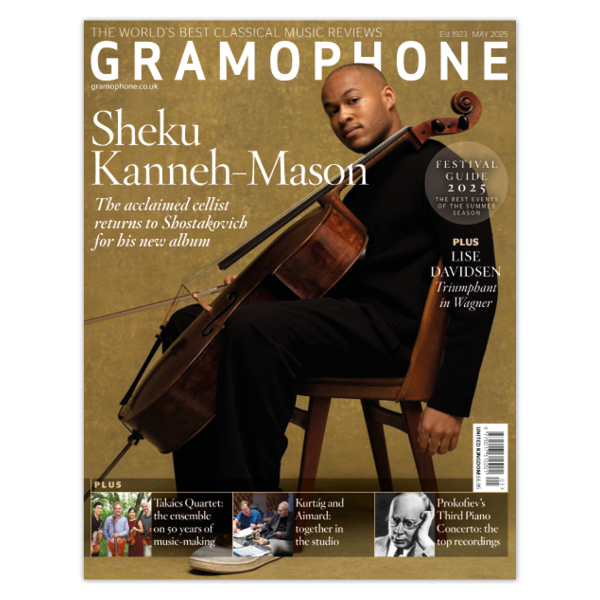RACHMANINOV Symphony No 2 (Liss. Wilson)
View record and artist detailsRecord and Artist Details
Genre:
Orchestral
Label: Chandos
Magazine Review Date: 05/2023
Media Format: Super Audio CD
Media Runtime: 64
Mastering:
DDD
Catalogue Number: CHAN5309

Tracks:
| Composition | Artist Credit |
|---|---|
| Symphony No. 2 |
Sergey Rachmaninov, Composer
John Wilson Sinfonia of London |
| Prelude |
Sergey Rachmaninov, Composer
John Wilson Sinfonia of London |
Genre:
Orchestral
Label: Fuga Libera
Magazine Review Date: 05/2023
Media Format: CD or Download
Media Runtime: 57
Mastering:
DDD
Catalogue Number: FUG816
Tracks:
| Composition | Artist Credit |
|---|---|
| Symphony No. 2 |
Sergey Rachmaninov, Composer
Dmitry Liss, Conductor Ural Philharmonic Orchestra |
Author: Marina Frolova-Walker
John Wilson’s new Rachmaninov album with the Sinfonia of London opens with a monstrous crash in the first few seconds, plunging us into the depths of Stokowski’s arrangement of Rachmaninov’s C sharp minor Prelude, Op 3 No 2. This version, with its pervasive ‘horror’ tremolos in the strings and fateful chords in the brass, seems to be inspired by the silent film Prelude of 1927, which paired up the Rachmaninov with Edgar Allan Poe’s short story The Premature Burial. The arrangement may not be to everyone’s taste but Wilson performs it with great gusto.
The disc’s true selling point, though, is Rachmaninov’s Second Symphony. I was won over by the Introduction, which is very slow and expressive, each instrument giving voice to its own special pain. The fine vibrato of the high violins pulls irresistibly at the listener’s emotions. The main theme of the Allegro is resolute in character, with just the subtlest of hesitations to introduce a hint of doubt. By the middle of the first movement, even the most seasoned listeners will have noted some new insights. Firm accents (from 13'09") draw attention to the violas’ single note, on which the orchestra will converge. This targeted-note idea becomes a kind of theme in itself, and even returns in the later movements.
The beginning of the Scherzo reverses the order, and expands out from a single note. Wilson avoids the manic character of some interpretations (such as Svetlanov’s), and his less demonstrative but still lively tempo allows him space to create some truly magical moments. In the slow movement, Rachmaninov serves up the beautiful main theme as an all-you-can-eat buffet, and Wilson knows that too much sauce will eventually sicken the listener. Accordingly, he takes a carefully structured approach leading purposefully to Rachmaninov’s central, culminating point and then retreating from this unsentimentally, without trying to regain that maximum intensity. Just as well judged is the coordination of textural layers: the solo instruments stand out, while secondary melodies are subdued without becoming lost in the texture. The last note fades away imperceptibly on the horizon, like a sunset in the far north. The finale is usually exuberant from the outset, but Wilson leaves it understated and keeps his energy in reserve. Just as I began to worry that his finale was simply underpowered, the pay off came in a glorious final chorale.
Dmitry Liss’s interpretation of the Second Symphony, with the Ural Philharmonic, cannot match Wilson’s in excellence but it is still persuasive and sensitive. There is a greater urgency but the approach is relatively broad-brush. Rachmaninov’s three-dimensional textures tend to collapse with the strings to the fore and everything else in the background. To experience the full magnificence of Rachmaninov’s orchestration, we need Wilson’s imaginative attention to detail and Chandos’s superior engineering.
Discover the world's largest classical music catalogue with Presto Music.

Gramophone Digital Club
- Digital Edition
- Digital Archive
- Reviews Database
- Full website access
From £8.75 / month
Subscribe
Gramophone Full Club
- Print Edition
- Digital Edition
- Digital Archive
- Reviews Database
- Full website access
From £11.00 / month
Subscribe
If you are a library, university or other organisation that would be interested in an institutional subscription to Gramophone please click here for further information.




